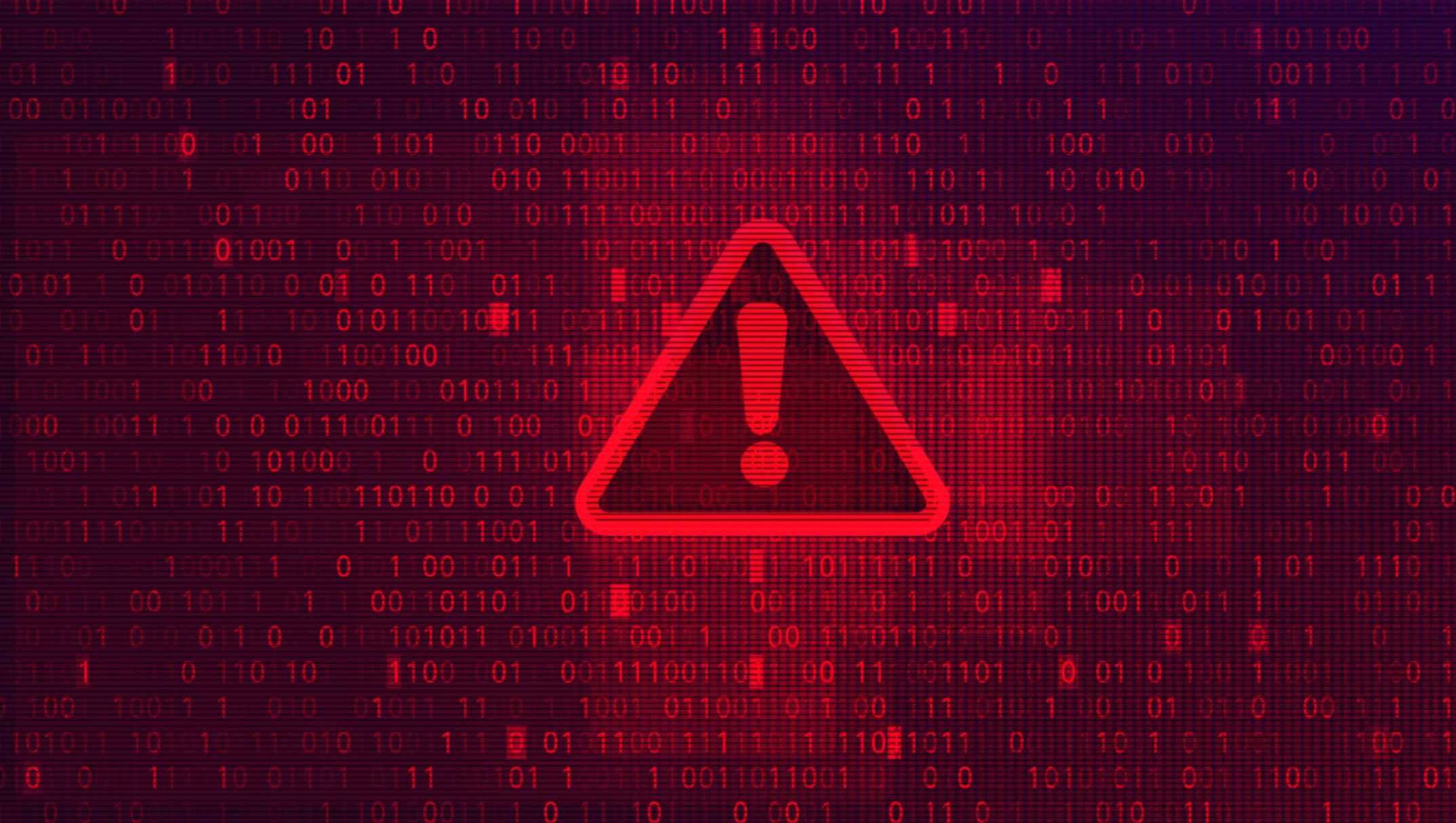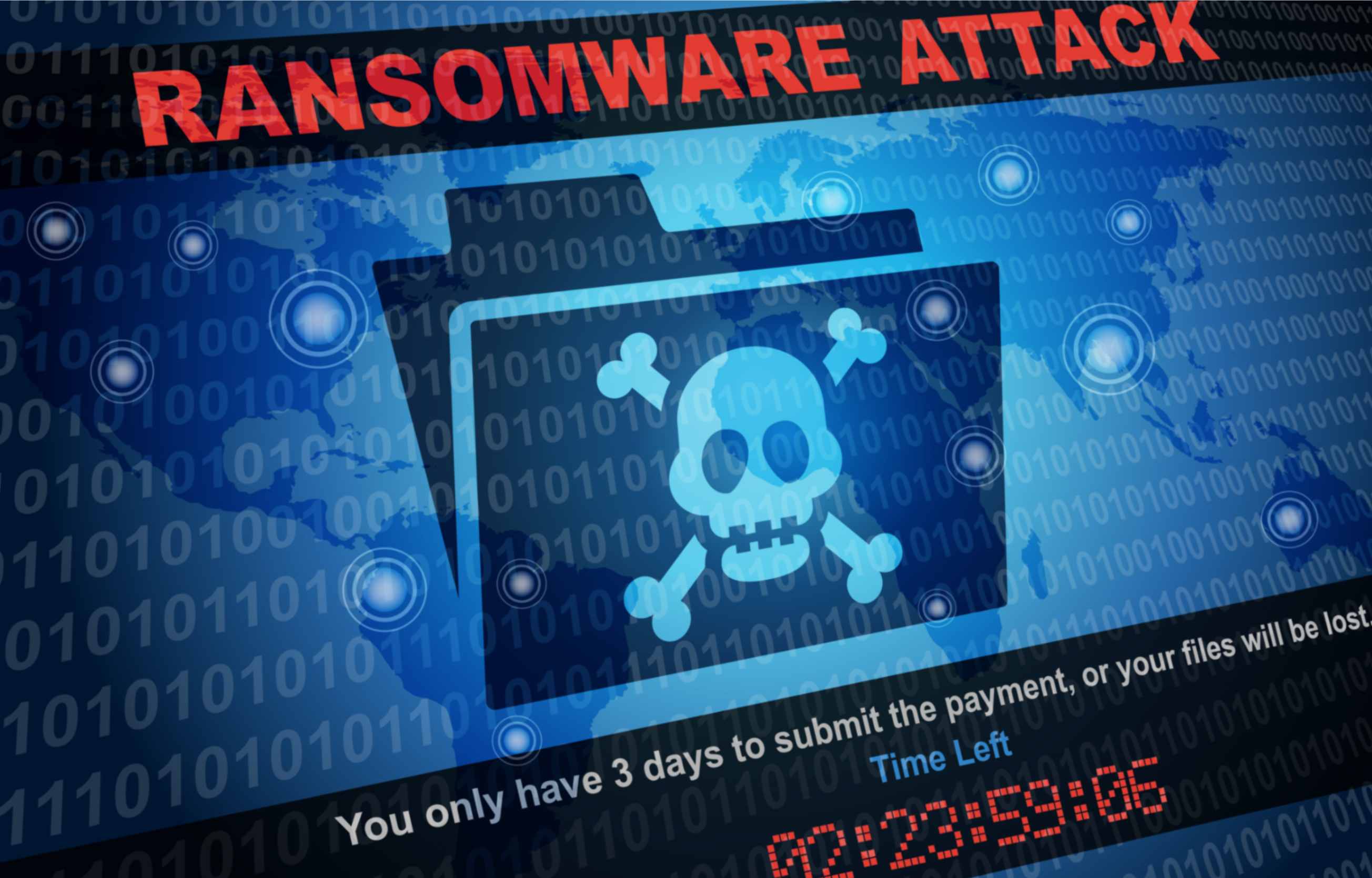The Top 5 Cybersecurity Threats and How to Prevent Them with Pitman Training Wicklow!

Unveiling the Top Cybersecurity Threats & Proven Prevention Tactics
In our digital age, our lives are increasingly integrated with the online world. From social interactions to financial transactions, education to healthcare services, our reliance on the internet and digital systems continues to grow.
However, while this integration brings convenience and efficiency, it also opens the door to potential risks and vulnerabilities. Cybersecurity, therefore, has become more than just a technical concern; it's now a critical aspect of our daily lives.
In this blog post, we will delve into 5 top cybersecurity threats that individuals and organisations face in the contemporary digital landscape. For each threat, we will provide a clear understanding of its nature, discuss real-life instances where it has posed significant challenges, and crucially, we'll offer actionable advice on how you can prevent or mitigate these threats.
This knowledge is not only critical for IT professionals but for anyone who interacts with digital systems in their personal or professional lives. Because when it comes to cybersecurity, knowledge isn't just power - it's protection.

Understanding Cybersecurity
Cybersecurity is the practice of defending computers, servers, mobile devices, electronic systems, networks, and data from cyber attacks, damage, or unauthorised access. These cyber-threats take many forms, each with its unique characteristics and potential impacts. The severity and sophistication of these threats have been on the rise, requiring a firm and proactive approach to cybersecurity.
But why does cybersecurity matter? In a world where we rely heavily on digital systems for nearly every aspect of our lives, a breach in cybersecurity can have severe consequences.
For individuals, it could mean the loss of sensitive personal information, financial loss, or identity theft.
For businesses, the implications are even more far-reaching, encompassing financial losses, brand reputation damage, intellectual property loss, and legal repercussions.
The importance of cybersecurity is further emphasised by some alarming statistics. According to Cybersecurity Ventures, the global cost of cybercrime is expected to reach $10.5 trillion (€9.9 trillion) annually by 2025, up from $3 trillion (€2.8 trillion) in 2015. This indicates a dramatic rise in cybercrime, making it one of the greatest challenges of the 21st century.
Understanding cybersecurity, therefore, is not a luxury, but a necessity in our increasingly digital world. In the following sections, we'll delve deeper into the top 5 cyber threats you should be aware of, along with some practical tips on protecting against them.
1. Malware Attacks
Malware- short for malicious software- refers to any software intentionally designed to cause damage to a computer, server, client, or computer network. It includes viruses, worms, Trojans, ransomware, spyware, and adware. Once malware enters a system, it can corrupt files, steal sensitive data, or gain unauthorised access to the system.
The potential impact of a malware attack is significant, ranging from system damage, data loss, to severe financial losses. In some cases, malware can go undetected for a prolonged period, leading to continuous exploitation of the compromised system.
An infamous example of a malware attack is the WannaCry ransomware attack in 2017, which affected more than 200,000 computers across 150 countries, causing billions of dollars in damages.
Preventing malware attacks involves both good cyber hygiene and robust protective software.
- Always keep your operating system, browser, and other critical software up to date.
- Use a reputable antivirus software and regularly scan your system for malware.
- Be wary of email attachments and downloads from untrusted sources, and avoid clicking on pop-up ads or suspicious links.
2. Phishing Scams
Phishing scams are fraudulent attempts to obtain sensitive information such as usernames, passwords, and credit card details by disguising oneself as a trustworthy entity in an electronic communication. A phishing scam typically involves a fake email or website that mimics a reputable organisation.
The potential impact of a successful phishing scam can include identity theft, financial loss, and unauthorised access to systems. For businesses, phishing can lead to significant breaches of sensitive data.
Phishing attacks, in particular, remain a major concern for Irish citizens. In fact, according to the Garda Síochána, phishing scams are the 4th highest method of fraud used by cybercriminals to target users and exploit their data.
Preventing phishing scams primarily involves education and awareness.
- Learn how to recognise phishing emails and suspicious links. These often have misspelled words, poor grammar, or ask for personal information that legitimate companies wouldn't request via email.
- Implement spam filters that detect phishing emails, and always verify a site's security before entering any personal information.

3. Data Breaches
A data breach occurs when there is an unauthorised access, acquisition, use, or disclosure of data. This often involves access to sensitive, protected, or confidential data.
Data breaches can lead to a wide range of damaging effects, including financial loss, brand reputation damage, intellectual property loss, and potential legal penalties for failing to comply with data protection regulations.
One of the most notable data breaches is the 2021 LinkedIn data breach, where 700 million user accounts were hacked, leading to the exposure of personal data such as email addresses, phone numbers, geolocation records, genders and other social media details.
Prevent data breaches by:
- Implementing strong password practices, using two-factor authentication, and limiting the amount of personal information you share online.
- For businesses, it's crucial to maintain up-to-date and secure databases, provide regular staff training, and establish a comprehensive data security policy.

4. Ransomware
Ransomware is a type of malicious software that threatens to publish the victim's data or perpetually block access to it unless a ransom is paid. It effectively locks users out of their own systems and files.
Ransomware can cause significant disruption, especially to businesses and public services, as it can halt operations until the issue is resolved. The cost of the ransom demanded, alongside the damage caused by the interruption in services, can result in severe financial losses.
A high-profile case of a ransomware attack is the 2021 Colonial Pipeline ransomware attack. The cyber security attack caused the company to shut down its pipeline, leading to a significant shortage of fuel on the East Coast of the United States.
Protect against the threat of ransomware by:
- Maintaining regular and separate backups of your important files. This means that if your system is compromised, you can wipe it clean and restore it from the backup.
- Furthermore, avoid clicking on suspicious links or email attachments and keep all your software and systems up-to-date.
5. Social Engineering
Social engineering is a tactic that adversaries use to trick you into revealing sensitive information. They can solicit a monetary payment or gain access to your confidential data. Social engineering can be combined with any of the threats listed above to make you more likely to click on links, download malware, or trust a malicious source.
The impact of social engineering can be broad and damaging, as it is often the first step in a more significant attack. It can lead to data breaches, financial loss, or a compromise in personal or business integrity.
An example of social engineering was the 2011 RSA breach where an employee was tricked into opening a malicious Excel file that compromised the company's secure tokens, leading to a significant security breach.

Preventing social engineering attacks involves a good understanding of these tactics and being vigilant.
- Be sceptical of unsolicited communications, particularly those that request sensitive information.
- Verify the identity of the person or the legitimacy of the organisation before sharing any information.
- Providing training and awareness for employees about social engineering techniques can also significantly reduce the risk.
Learn More with Pitman Training's Cybersecurity Courses
As the digital landscape continues to evolve, so too does the nature and sophistication of cyber threats. It is a relentless arms race between cybersecurity professionals and cybercriminals, with each side continuously innovating and adapting. This dynamic landscape requires continuous education to stay on top of the latest cybersecurity trends, technologies, and best practices. Being updated on the top cybersecurity threats is not only beneficial for IT professionals but for anyone who uses digital platforms.
However, understanding cybersecurity can be complex and challenging, given its technical nature and rapid evolution. This is where structured learning comes in. Cybersecurity courses can offer in-depth knowledge, practical skills, and the latest insights into the cybersecurity world.
For example, Pitman Training’s 32-hour Cybersecurity Analyst (CySa+) course will help you learn how analyse, monitor and protect an organisation's infrastructure using threat detection and threat-analysis tools. Our Security+ course is great for anyone looking to work as an IT technician, Security engineer, Security consultant, IT Manager, or Network Administrator.
Both these - and our many other cybersecurity courses - can be taken in one of our training centres around the UK or in the comfort of your own time, in your own time.
Comments
Post a Comment